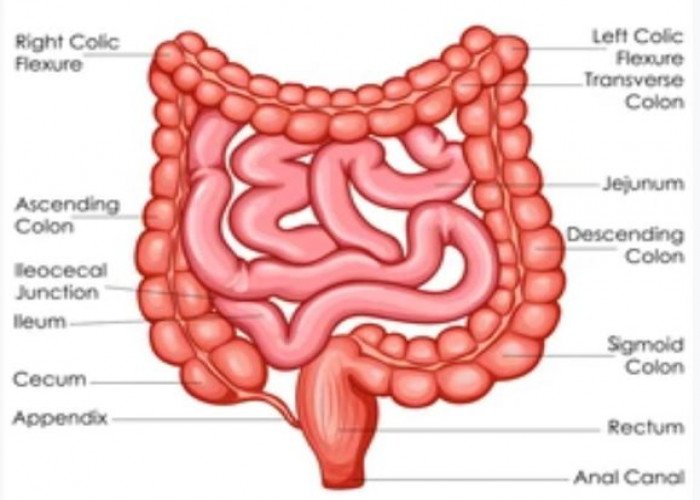 Welcome
Welcome
“May all be happy, may all be healed, may all be at peace and may no one ever suffer."
Larynx - Diseases
The larynx is a part of the respiratory system located in the neck region between the pharynx (throat) and trachea (windpipe). It is commonly referred to as the voice box because it contains the vocal cords, which play an important role in speech and singing.
The larynx is made up of several cartilages, including the thyroid cartilage (also known as the Adam's apple), cricoid cartilage, and arytenoid cartilages. The vocal cords are stretched across the opening of the larynx and are controlled by muscles and nerves to produce sound.
In addition to its role in speech, the larynx also plays a crucial role in protecting the airways during swallowing. When we swallow, the larynx rises to close off the opening to the trachea, preventing food or liquid from entering the lungs.
The larynx can be affected by a variety of conditions, including infections, tumors, and trauma. Disorders of the larynx can cause a range of symptoms, such as hoarseness, difficulty speaking or swallowing, and breathing problems. Treatment for laryngeal disorders depends on the underlying cause and may include medication, surgery, or voice therapy.

Pharynx

Pons Brainstem

Taste buds Tongue

Finger

Retina Eye

Intestine

Bulbourethral glands

Cochlea Inner ear
Larynx, Larynx meaning, স্বরযন্ত্র
To be happy, beautiful, healthy, wealthy, hale and long-lived stay with DM3S.


